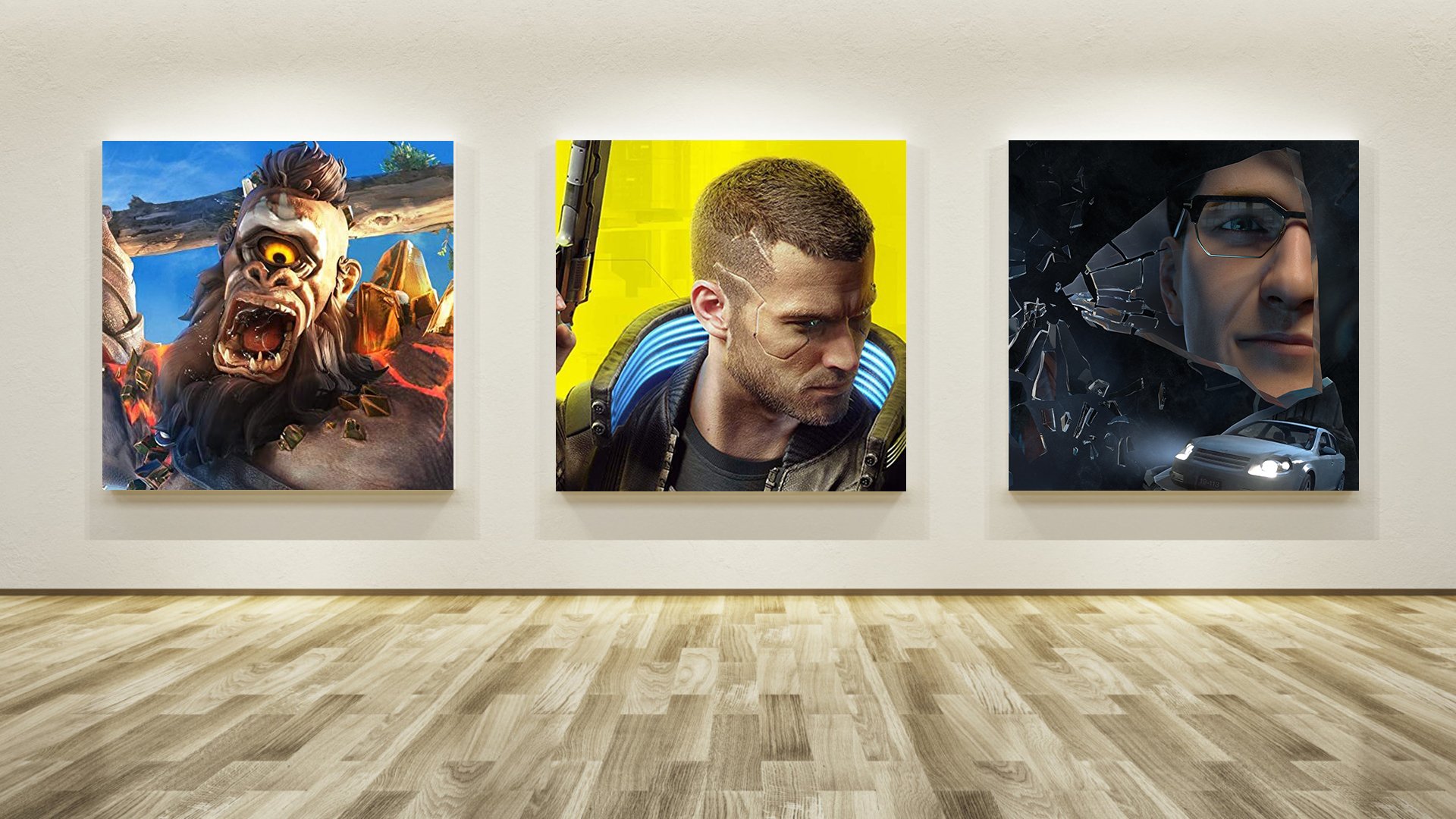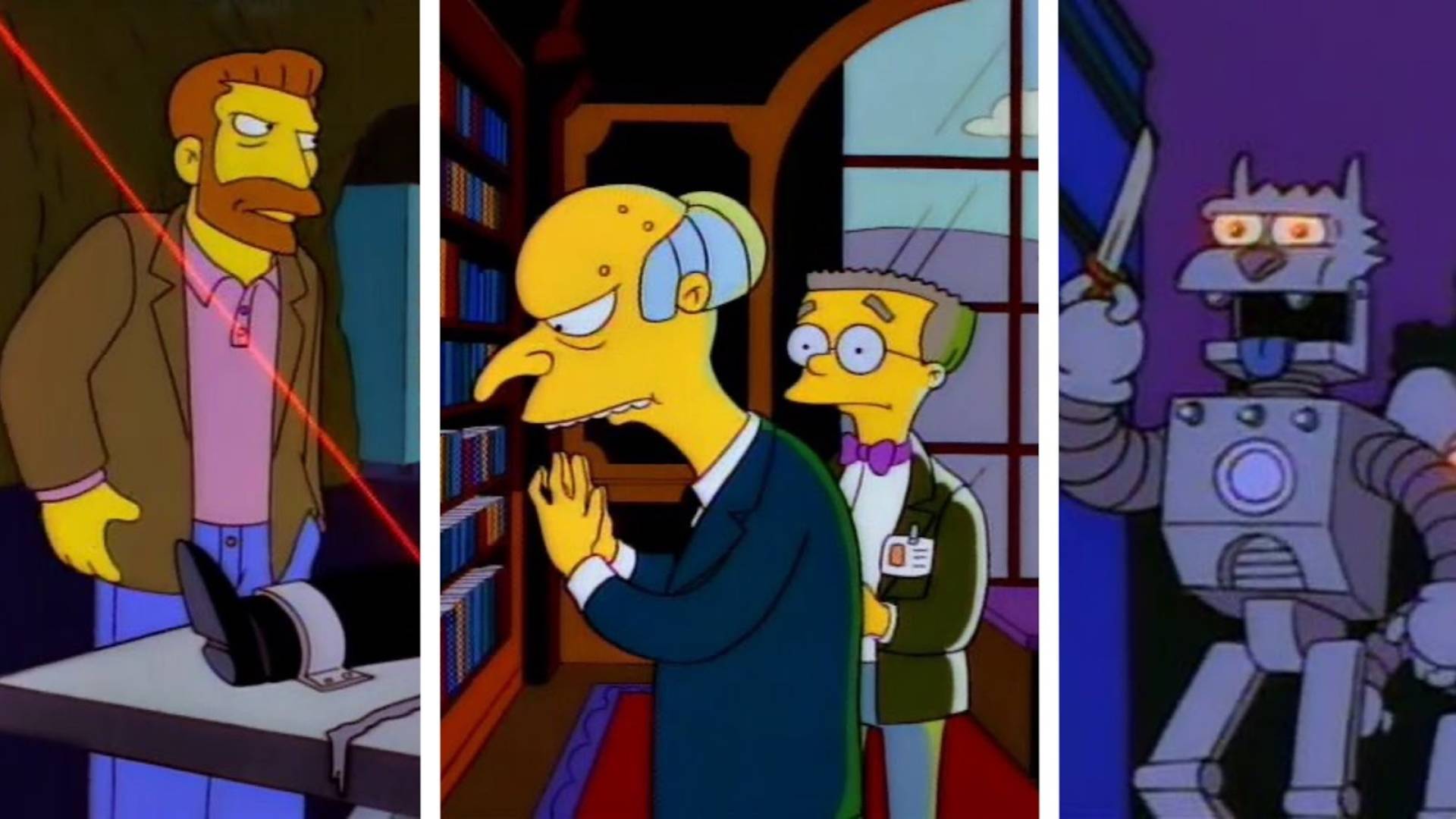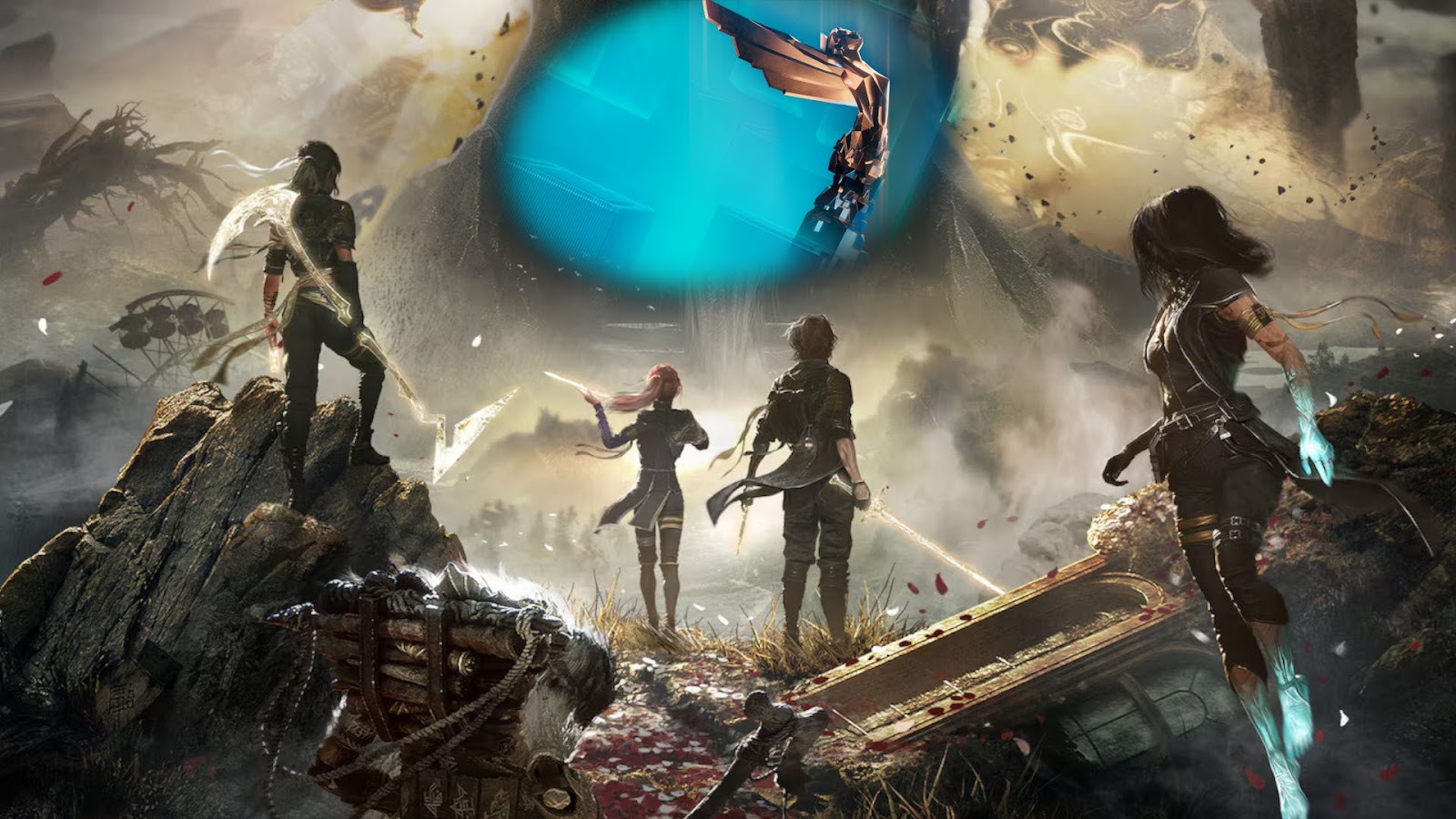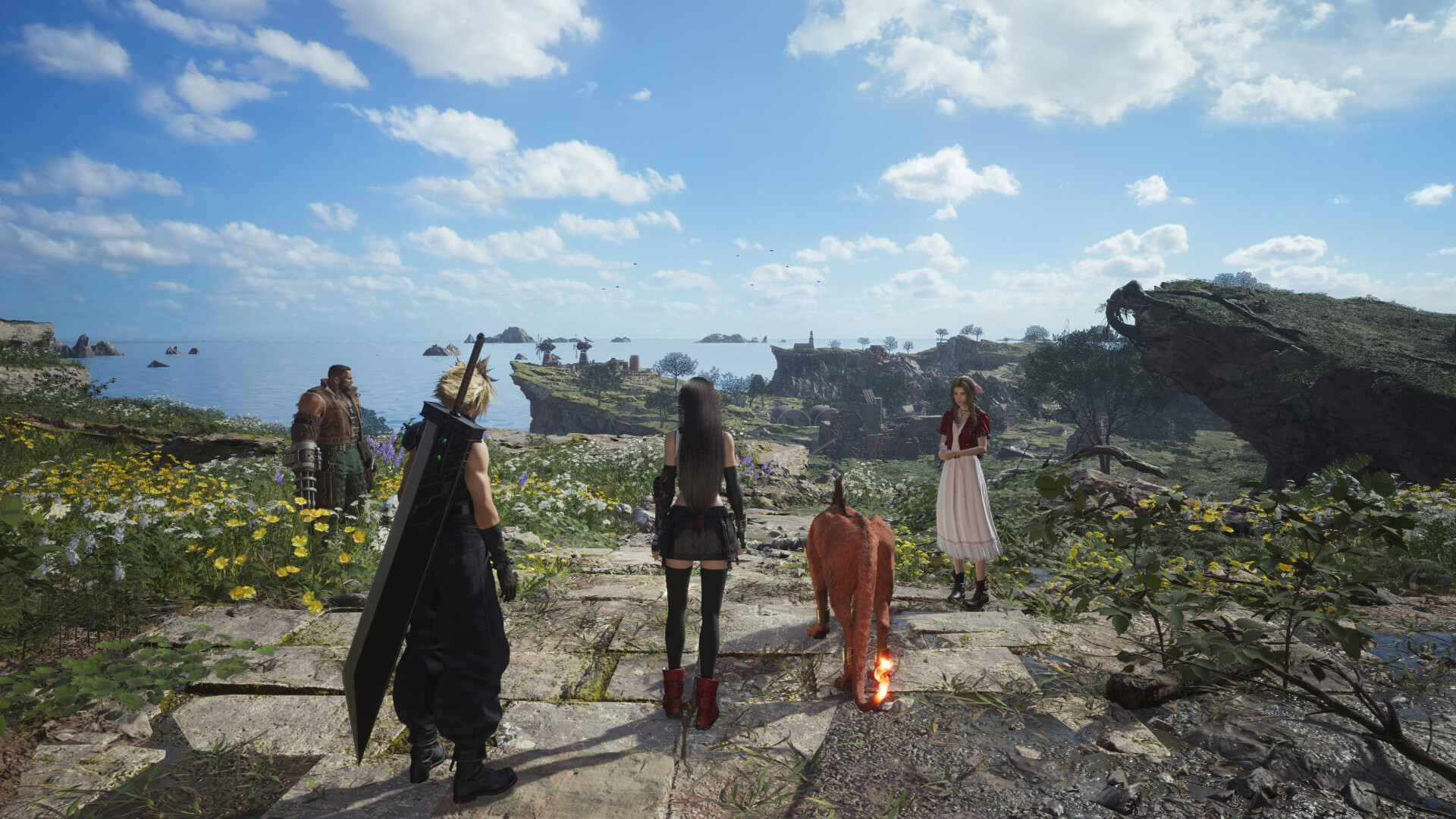You can trust VideoGamer. Our team of gaming experts spend hours testing and reviewing the latest games, to ensure you're reading the most comprehensive guide possible. Rest assured, all imagery and advice is unique and original. Check out how we test and review games here
Each month, we invite élite art critic Braithwaite Merriweather to appraise the box art of the latest game releases. In between his time spent wandering the corridors of culture, Merriweather writes on a freelance basis for various publications, including Snitters and Nuneaton à la Carte. If you are unaware of his prowess, rest assured; he’s on a crusade to educate the unwashed. Put simply, he’s a man that needs no introduction.
Friends! I was clattering along the M25—that great, grey tourniquet, fastened around the gangrenous limb of London—when the news arrived. I say “clattering,” because I decided to coax my old car (an ailing burgundy Ford Cortina from the early eighties, when automobiles, hairstyles, and shoulder pads all seemed to favour sharp corners), out of retirement. Dreading a trip to those wrench-swinging trolls at the nearby garage, I have yet to diagnose its particular illness. To judge by the sounds that it made, as I pressed through the sturm and drang of late-December traffic, it has the vehicular equivalent of bronchitis. At any rate, the reason for my pilgrimage was Christmas; therefore, when I heard, I didn’t know quite how to feel. Was it, as it first appeared to be, a bolt of bad fortune? Or was I being handed a present, wrapped in the guise of grim news?
I am referring, of course, to the announcement that London has been demoted to Tier 4—like Dante, descending through the circles of Hell. So it is that, in the midway of this my motorway limbo, I found me in a gloomy lay-by, astray. I write to you from the front seat, with this month’s crop of box art splayed across the dashboard, as a thick rain splutters against the panes. (Luckily, I brought this month’s selection with me, planning to ponder them, during strategic trips to the bathroom, as a reprieve from the numbing oblivion of a family dinner.) After telephoning ahead and cancelling Christmas, neath the cover of health-minded benevolence, I now sit alone, feeling oddly festive, surrounded by box art. What better presents could I wish for? Merry Christmas, friends, and let us celebrate the end of a drab year with a dose of critique!
Cyberpunk 2077
My reaction, generally, to the colour yellow is almost always, “So what?” And here it’s no different. The artist behind this first work, entitled “Cyberpunk 2077,” seems to have taken up inspiration from one of those chunky yellow highlighters. Perhaps one of them broke and leaked onto some vital papers. (Precisely that mishap befell my ex-wife’s solicitor, at one of the preliminary divorce hearings, much to my delight—what an inefficient fool!) The trouble with colour that threatens the well-being of one’s eardrums is that you can almost always catch the ring of desperation in the aftershock. This is a work that strains for volume, for the citrus-sharp blast of a statement; only, what does it do, once it has our attention? The subject is—brace yourself—a fellow with a gun. His jacket collar may boast a luminous lining, and his flesh may be composed of moving parts, like a futuristic Pinocchio, but make no mistake: punk, cyber or otherwise, is dead.
Twin Mirror
Such is the churning maelstrom of the artistic process, a tempest of flickers and feelings and influences caught and transmuted to a canvas, that no one—neither creator nor critic—can tell where they will end up. This piece, “Twin Mirror,” has hurled me back on the frothing, blue-white waters of my divorce. In particular, to my ex-wife’s irritating insistence that the antique mirror on the second-floor hallway was hers; whereas, in fact, I had bought the thing, and grown rather fond of it. After the judge, in her infinite wisdom, ruled that I had to surrender it (having failed to produce a receipt for the purchase—who keeps these things?!), it just so happened to suffer an unfortunate fall. I remember gazing down to the floor below and catching glimpses of myself, cloned and scattered, in its disparate shards.
The subject of this work is a man with a thin scraping of stubble, who is doubled in the fragments of a mirror. With his eyes closed, he looks reflective, so to speak. In the other pieces there is a car, a troubled-looking woman, and a wolf seemingly composed of glass—like one of those awful crystal sculptures that my ex-wife used to litter the landing with. The tip of the hat here is to Picasso, to the flatteringly named “Big Head”(1962), which depicts a woman’s face divided and scrambled—not by the light of a mirror but by the light of abstract expressionism, and a glint of cubism. I appreciate reverence to the masters, but there has to be a point outside mere homage. It is an intriguing work, and certainly not one against which I harbour any ill will; I simply wish that the artist here had something to say. You cannot merely duplicate the masters and hope to bask in their reflected glory.
Immortals Fenyx Rising
Just because you name your work “Immortals Fenyx Rising”—a ghastly agglomeration of words—doesn’t mean that the work in question will attain any measure of immortality. Nor, indeed, will it necessarily rise—to fame, critical acclaim, or prominence. The artist behind this work has taken aim, like David, at a far greater piece: “The Cyclops” (c. 1914)—or Le Cyclope, to give it its French name—by Odilon Redon. Redon delved into Greek and daubed his canvas with an assortment of dusky hues, daring to capture his subject as a smiling giant. The artist here seems far more interested in delving into the ankle-deep myth of the comic book. Hence the colours, acrylically garish, which cram the frame, and the mid-swing poses adopted by its subjects. There is one saving grace to this work, however: the mechanistic sheen on the wings of its hero, reminding us of the gears that grind behind the magic—the machinery behind mythology, the marketing behind the art, and the reminder that crappy workmanship, as much as flying too close to the sun, will cause a fall.
Cyberpunk 2077
- Platform(s): Google Stadia, PC, PlayStation 4, PlayStation 5, Xbox One, Xbox Series S/X, Xbox Series X
- Genre(s): Action, Adventure, RPG










